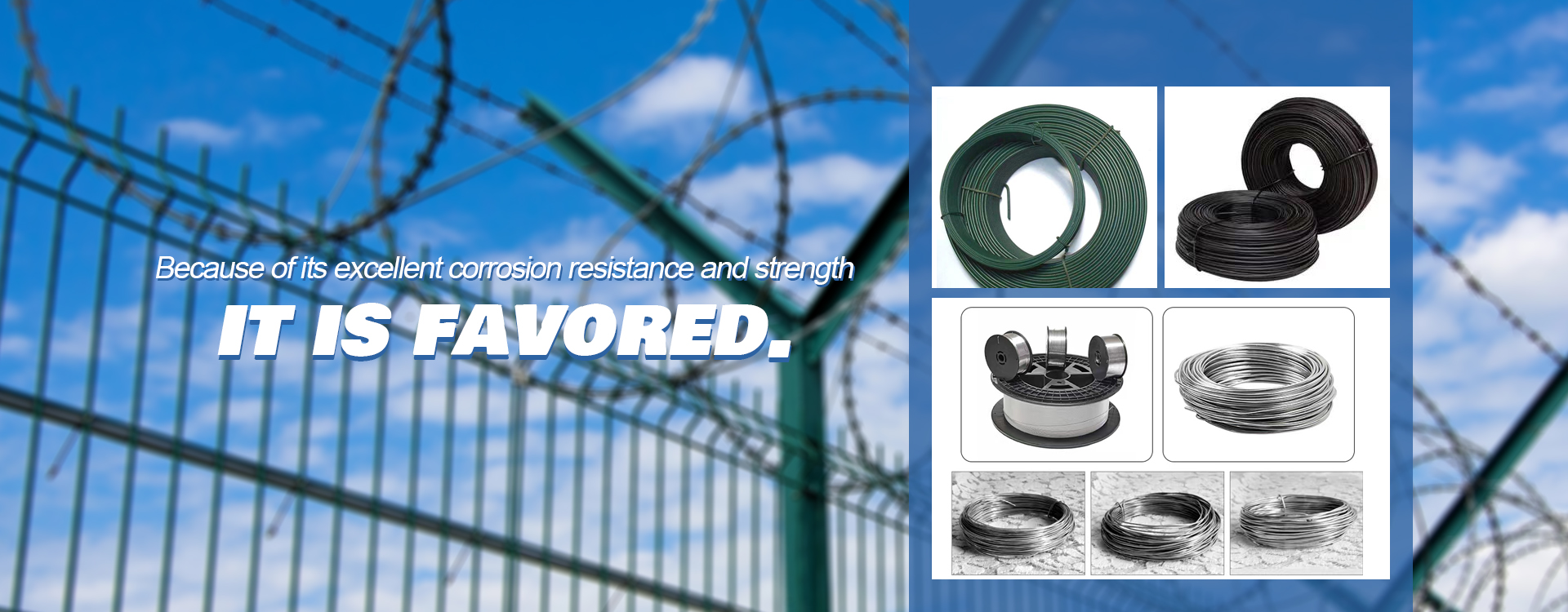 TEL:
+86-13102802206
TEL:
+86-13102802206
 Email:
fencenetting@china.com
Email:
fencenetting@china.com
 Language
Language
 TEL:
+86-13102802206
TEL:
+86-13102802206
 Email:
fencenetting@china.com
Email:
fencenetting@china.com
 Language
Language


The Importance of Temporary Fencing at Construction Sites
In the bustling world of construction, safety, security, and organization are paramount. One critical element that underpins these aspects is the use of temporary fencing around construction sites. This often-overlooked component plays a significant role in ensuring the smooth operation of construction projects while simultaneously addressing various safety concerns.
Enhancing Security
One of the primary reasons for installing temporary fencing at construction sites is to enhance security. Construction sites often host expensive materials, machinery, and equipment, making them prime targets for theft. With a robust temporary fence in place, unauthorized access can be significantly restricted. These fences not only discourage potential thieves but also provide a physical barrier that could deter vandalism.
Moreover, various types of fencing can be employed based on the specific needs of the site. Chain-link fences are popular for their strength and visibility, allowing site managers to keep an eye on the perimeter while still providing a secure barrier. In situations where more privacy is needed, solid panel fences can help conceal site activities and deter intruders.
Ensuring Safety
Safety is another critical issue addressed by temporary fencing. Construction sites can be hazardous environments, with heavy machinery, deep excavations, and various other risks present. By enclosing the site with temporary fencing, construction companies can safeguard the public from wandering into dangerous areas. This is particularly important in urban environments where pedestrians and vehicles are in close proximity to construction activities.
Temporary fences often include warning signs and other visual indicators to alert passersby of hazards. Furthermore, maintaining a secure perimeter helps ensure that only authorized personnel have access to the site, minimizing the risk of accidents and injuries.
Compliance with Regulations

In many jurisdictions, regulations mandate the use of temporary fencing around construction sites. This compliance is crucial for obtaining necessary permits and ensuring uninterrupted progress on projects. Local governments often require construction companies to maintain a clean and safe environment for the surrounding community, and effective fencing is a vital part of this requirement.
By adhering to these regulations, contractors not only avoid potential fines and legal issues but also foster goodwill within the community. Demonstrating a commitment to safety and responsibility can enhance a company’s reputation and contribute to its long-term success.
Organizing the Workspace
Temporary fencing also serves a practical purpose in organizing a construction site. By delineating the boundaries of the work area, fencing helps create a structured environment where team members can carry out their tasks more efficiently. It provides clear demarcation of zones, ensuring that materials, equipment, and vehicles are arranged in an orderly manner.
This organization can lead to improved workflow, as workers can navigate the site without confusion or risk of collision. Moreover, clearly defined areas can assist in communication among team members, as everyone understands their respective roles and responsibilities within the designated space.
Environment and Aesthetics
In addition to safety and security, temporary fencing can also serve an aesthetic purpose. Construction sites, by nature, can be unsightly, and imposing barriers around them can mitigate the visual impact on neighboring businesses and residents. By choosing fences that are not only functional but also visually appealing, construction companies can contribute to a better environment while the project is underway.
Conclusion
In summary, the implementation of temporary fencing at construction sites is an essential practice that provides a myriad of benefits. From enhancing security and ensuring safety to facilitating compliance with regulations and promoting organizational efficiency, temporary fencing is a cornerstone of effective construction management. As the construction industry continues to evolve, the importance of these barriers will remain a constant, underscoring their role in protecting workers, the public, and assets alike. Investing in quality temporary fencing is not just a matter of compliance; it is a proactive step toward a successful and responsible construction project.